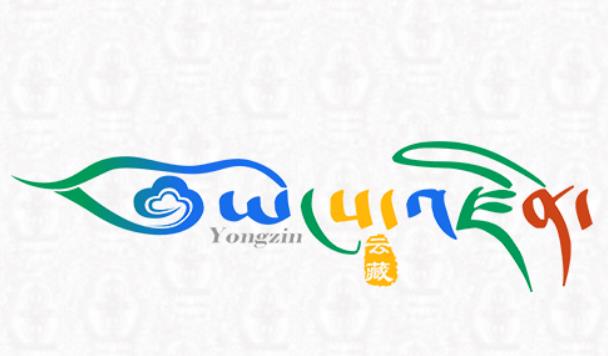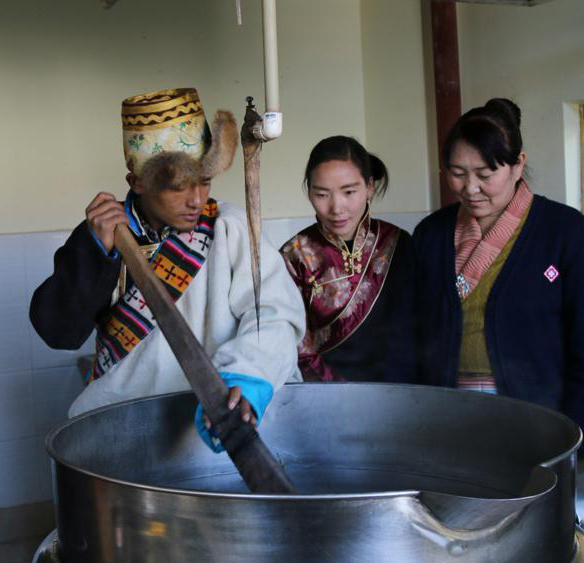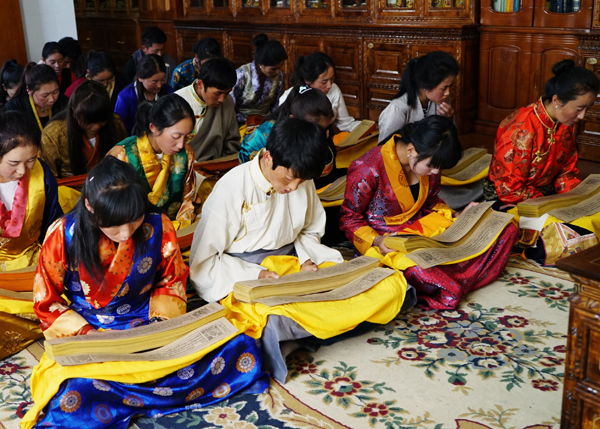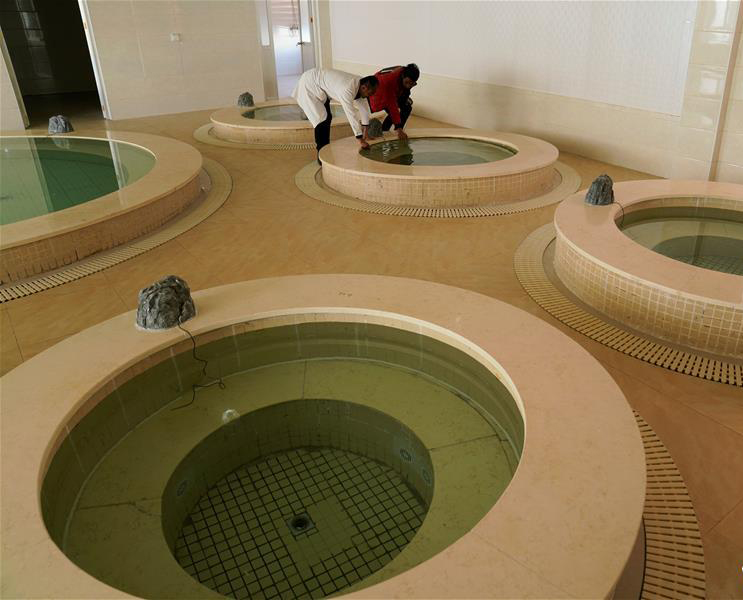Misunderstandings about traditional Tibetan medicine
With its snow-capped mountains, the Qinghai-Tibet Plateau is the highest plateau in the world. It is also the birthplace of a marvel in the medicine world: traditional Tibetan medicine. Traditional Tibetan medicine sustains the long history and brilliant culture of the Tibetan people, and after thousands of years of development and inheritance, its mystique is gradually being recognized around the world. However, there are still some misunderstandings about Tibetan medicine.
Misunderstanding #1: Traditional Tibetan medicine is a branch of traditional Chinese medicine.
The history and geographical conditions of various ethnic groups in China are different, and their customs and culture can be tquite different. Traditional Tibetan medicine and traditional Chinese medicine are very different, both in terms of theoretical system and cultural background. The two are independent of each other.
Misunderstanding #2: Tibetan medicine and Chinese medicine use the same pulse diagnosis method
Tibetan medicine and Chinese medicine use different methods of pulse diagnosis, and each have their own characteristics. There are great differences between the two in terms of preparation work, feeling the pulse, the length of time, location, condition, and explanation of
Misunderstanding #3: Taking Tibetan medicine can lead to excess of metal.
If the Tibetan medicine drugs comply with national GMP standards, then there will be no problem of ingesting an excessive of heavy metals.
Misunderstanding #4: Tibetan medicines are all pills.
Many people only take Tibetan medicine pills, thinking that this is the only type of Tibetan medicine. In fact, there are many types of traditional Tibetan medicines, which are divided into herbal potions, powder medicines, pills, ointments, medicinal oils, calcine medicines, extracts, and medicinal liquors. In modern traditional Chinese medicine shops, pills are the more common drug form.
Misunderstanding #5: Tibetan medicines with the same name but produced by different manufacturers will have the same compositions and effects.
Although medicines are made in accordance with regulations and the standards for pharmaceutical manufacturers are the same, the medicinal materials used by different manufacturers in the actual production process will be different, and there will be some differences in efficacy.
Misunderstanding #6: External treatment in Tibetan medicine refers to surgery.
The concept of external Tibetan medicine treatment is relatively broad, and surgery is only one of the methods. External Tibetan medicinal treatments include using pharmaceutical, physical, and surgical methods, to improve blood circulation and remove blood stasis, eliminate pus and rot. There are also mild methods, including rubbing therapy and fumigation; and strong methods including bloodletting and moxibustion; extreme methods including excision, cutting, and removal.
Editor:Yanina
Tibet Stories

A family of three generations stick to inheritance of Tibetan opera
The Tibetan opera, an intangible cultural heritage in Tibet, originated in the 14th century....






